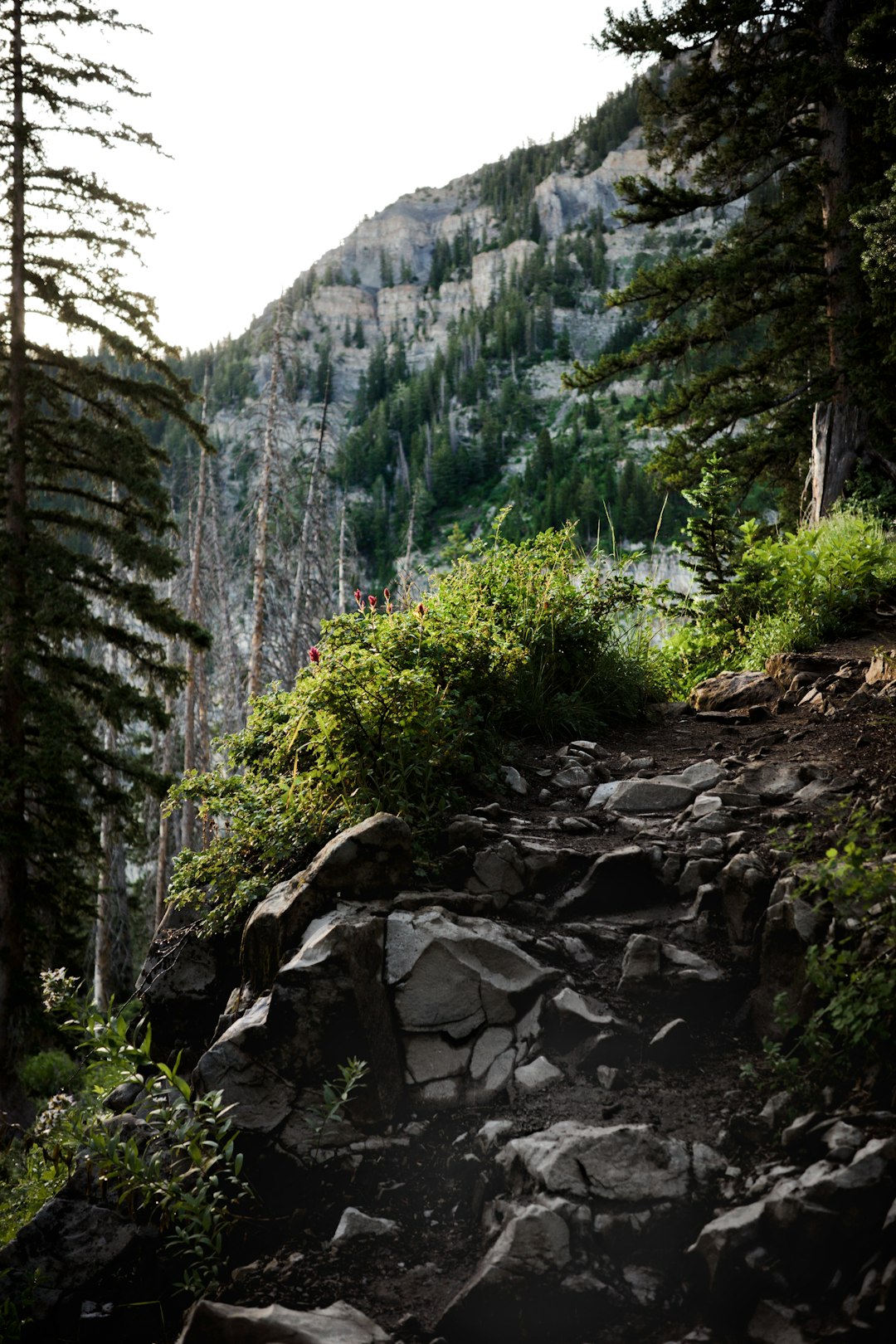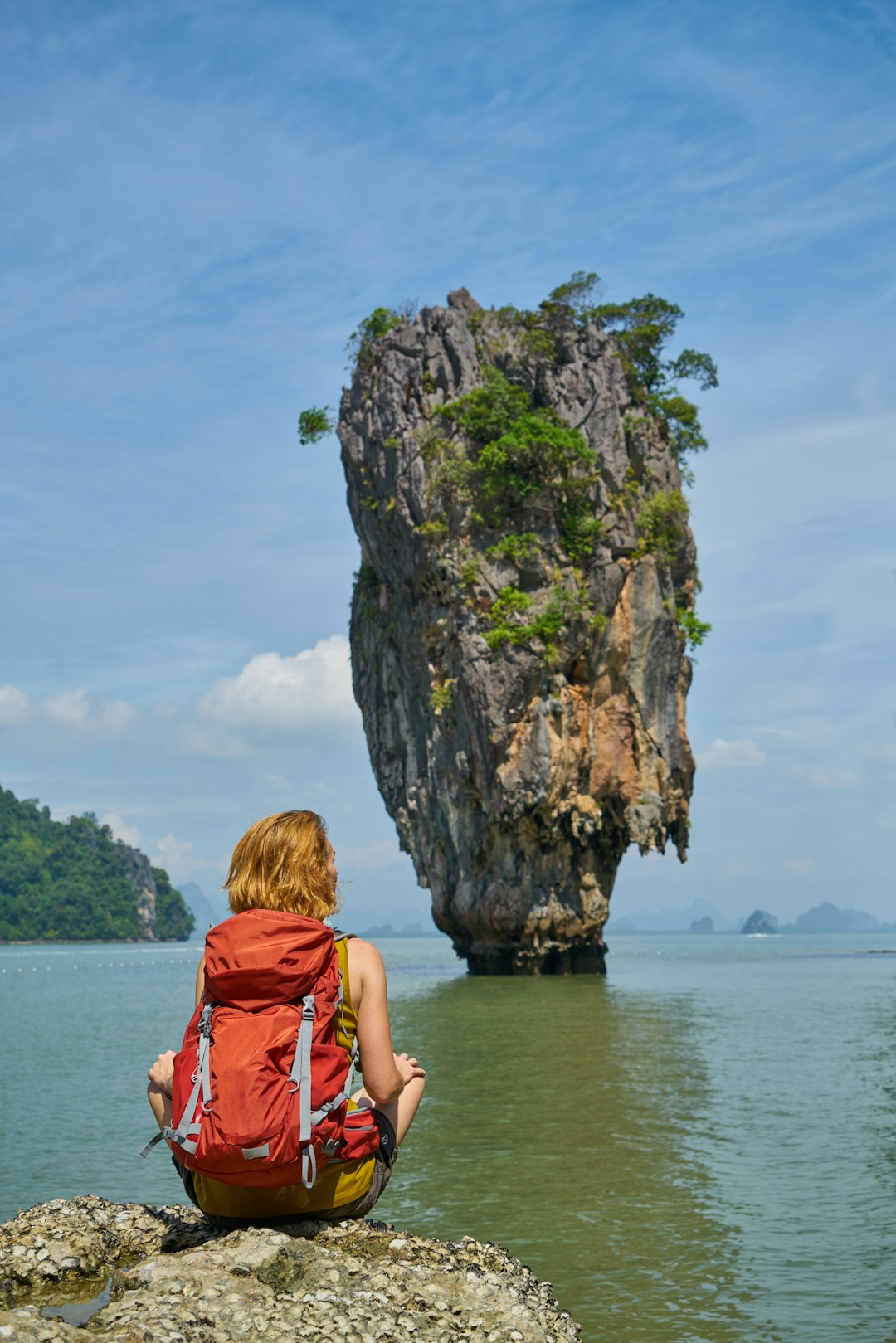
Top Hiking Trails for Adventurers: Explore Nature's Wonders
# Introduction. Hiking is one of the most rewarding ways to immerse yourself in nature, combining adventure, exercise, and the serene beauty of the great outdoors. One of the thrills of hiking is that it offers an opportunity for exploration, leading you through breathtaking landscapes, dense forests, rocky terrains, and stunning viewpoints. Whether you are a seasoned hiker or a novice looking for your next challenge, this blog post will take you through some of the best hiking trails to explore. Each of these trails offers unique experiences and showcases nature's true wonders. # 1. Appalachian Trail, USA. The Appalachian Trail (AT) stretches over 2,190 miles across 14 states from Georgia to Maine. It is one of the longest hiking-only footpaths in the world. The trail offers varying experiences—from the lush forests of the Smoky Mountains to the rugged terrain of the White Mountains. Hikers can choose to tackle shorter sections or embark on a multi-month adventure. The trail is well-marked and provides numerous shelters along the way, making it a favorite for solo hikers and families alike. Along the Appalachian Trail, expect to encounter diverse wildlife such as deer, black bears, and a variety of birds. The trail itself is rich in history; sections of it were originally the paths of Native Americans. As you hike, take time to enjoy the scenery—spectacular views of mountains, valleys, and even quaint towns that the trail passes through. Make sure to pack sufficient gear, water, and food for your journey, and consider the seasonal challenges that may affect your trek. # 2. Torres del Paine, Chile. The Torres del Paine National Park is a jewel of Patagonia, known for its intense landscapes and stunning mountain formations. The W Trek is particularly famous, taking hikers through a stunning display of turquoise lakes, expansive glaciers, and towering granite spires. This trail covers about 50 miles and typically takes about 4-5 days to complete, making it a popular choice for those looking for an adventure mixed with breathtaking beauty. One of the highlights of the W Trek is reaching the base of the Torres del Paine, where the striking peaks stand majestically against the skyline. Hikers will also pass through diverse ecosystems, from lush forests to windswept plains. Keep in mind that Patagonia’s weather is unpredictable, so dressing in layers and bringing waterproof gear is essential. Don’t forget to set aside time for wildlife spotting too—be on the lookout for guanacos, foxes, and even condors! # 3. Inca Trail, Peru. For history enthusiasts and adventure seekers, the Inca Trail to Machu Picchu is a must-do. This 26-mile trek combines archaeological wonders and breathtaking scenery as it winds through the Andes mountains. The trail takes you through lush cloud forests, high-altitude mountain passes, and, finally, to the ancient city of Machu Picchu. Hiking the Inca Trail is limited to a certain number of hikers each day, adding to its allure. Along the way, explore ancient Incan ruins like Wiñay Wayna, and learn about the rich history of the area. Typically, the trek is completed in 4 days, culminating with a sunrise view of Machu Picchu—an experience that’s simply unforgettable. Make sure to book in advance and consider hiring a licensed guide to enrich your experience with historical insight. Preparation is essential—train adequately, and adjust to the altitude to ensure a safe and enjoyable experience. # 4. The Dolomites, Italy. The Dolomites region offers some of the most stunning hiking trails in Europe. With its dramatic rock formations and picturesque alpine scenery, it’s a hiker’s paradise. The Alta Via 1 is a popular long-distance trail stretching roughly 75 miles and typically takes around 10 days to complete. Hikers are treated to breathtaking views, quaint mountain huts, and the unique beauty of the Dolomites' vertical cliffs. What sets this trail apart is its blend of cultural experiences, from exploring charming villages to tasting local fare like polenta and speck. The Dolomites also boast well-marked trails and a range of difficulty levels, making it suitable for both novice and experienced hikers. Pack your camera—you'll find countless opportunities to capture the beauty of this UNESCO World Heritage site. # Conclusion. Hiking is not only about the destination; it’s about the journey and the many experiences along the way. Exploring these amazing trails allows adventurers to bond with nature, enjoy stunning landscapes, and perhaps even discover more about themselves in the process. Whether you opt for the historic paths of the Appalachian Trail, the breathtaking views of Torres del Paine, the cultural richness of the Inca Trail, or the dramatic beauty of the Dolomites, there’s a hiking adventure awaiting you that suits your taste. So lace up those hiking boots, grab your backpack, and set out to explore the world's incredible hiking trails—a thrilling adventure awaits you! .








